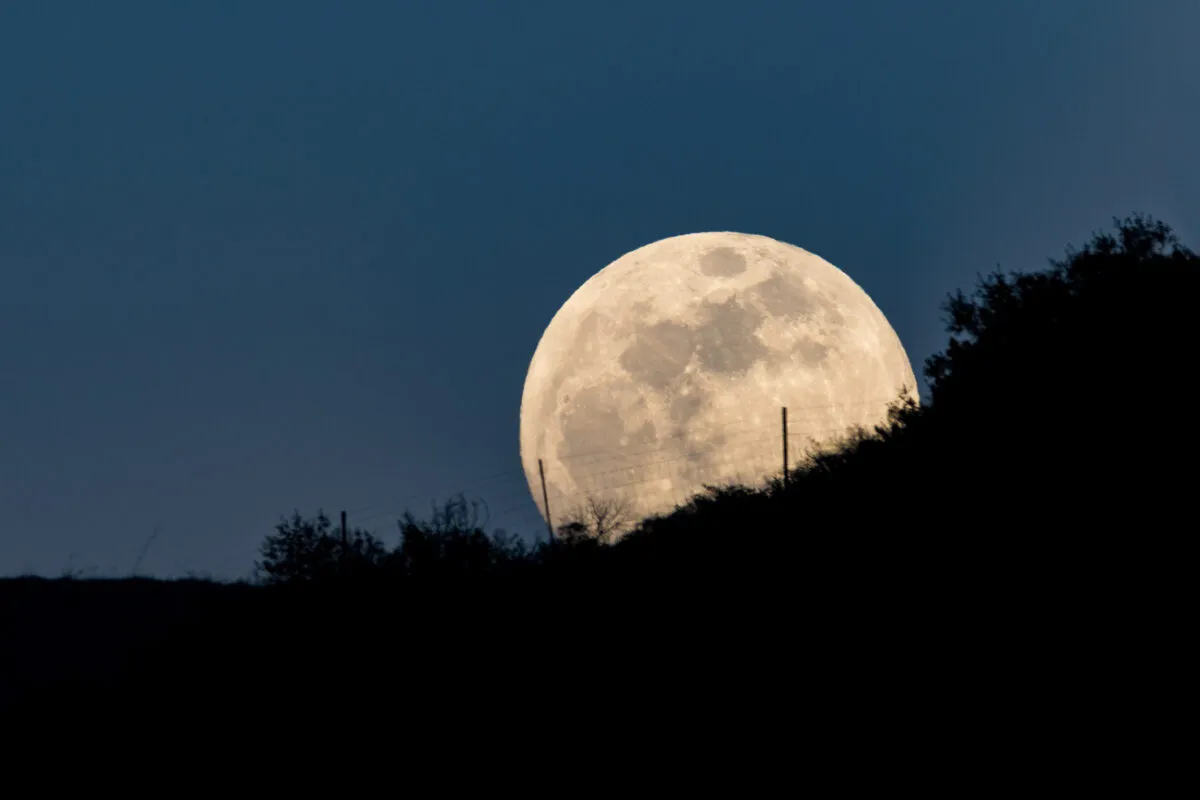The Moon is a wonderful thing to observe at any time of year, and you can find all about how to make the most of Earth's natural satellite in our guide on how to observe the Moon.
But there will be many times in 2023 when you will want to pay special attention to our nearest neighbour.
Here are some of the best Moon-observing opportunities that should be in your calendar this year, focussing on supermoons and lunar occultations.
For more lunar observing advice, read our guides on the best features to observe on the Moon and our favourite clair-obscur effects.
Get weekly Moon dates and lunar phases delivered to your email inbox by signing up to the BBC Sky at Night Magazine e-newsletter.
Observing the Moon in 2023
Occultations

Several planets will be occulted by the Moon in 2023. Known as a lunar occultation, this means the planets' paths across the night sky pass behind the Moon, temporarily blocking the planet from view.
The first occurred on on 1 January, when the occultation of Uranus was visible across much of the UK.
On 17 May 2023 it is Jupiter’s turn to be occulted, though only for those in Scotland and the northern tip of Ireland – for the rest of the UK it will be a near miss.
To make the observation even more challenging, it will be in the middle of the day at 13:40 BST (12:40 UT).
Nevertheless, both the Moon and Jupiter will be bright enough to be visible.
The final planetary occultation of the year is Venus on 9 November.
This will be another daylight occultation, beginning at 10:34 UT. Venus will be a bright mag. –4.4 and the full occultation will be visible from across the UK.
When to observe the full Moon in 2023

The full Moon will appear at its biggest and brightest during the summer months, when its slightly elliptical orbit means the full Moon occurs closer to Earth.
The technical name for this is a ‘perigee syzygy full Moon’ but it is better-known as a supermoon.
Unusually, in August 2023 there will be two supermoons in a single month, creating a Super Blue Moon.
This also means there will be 13 full Moons this year, granting even more chances to take in its beauty.
This guide originally appeared in the January 2023 issue of BBC Sky at Night Magazine.
